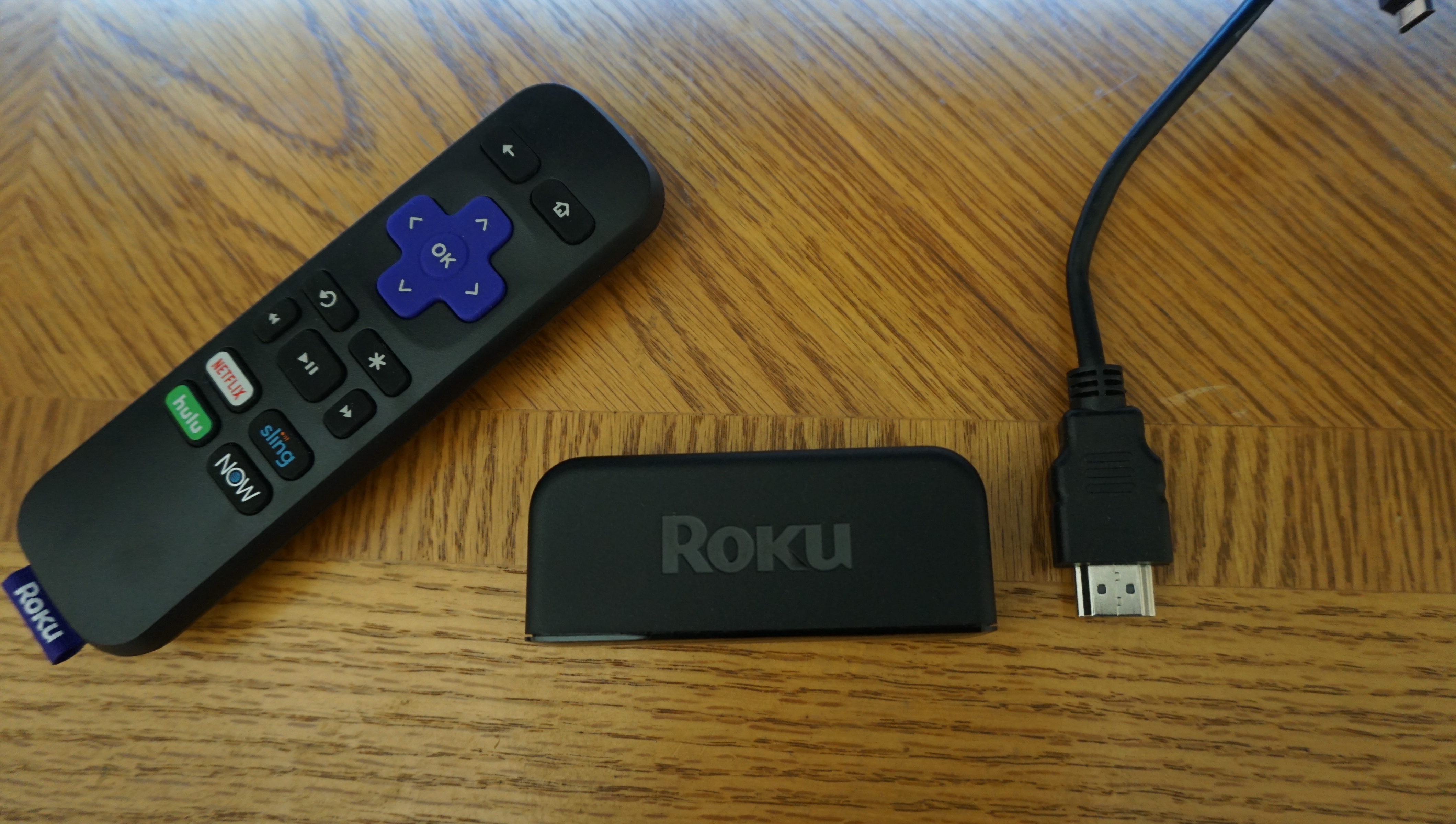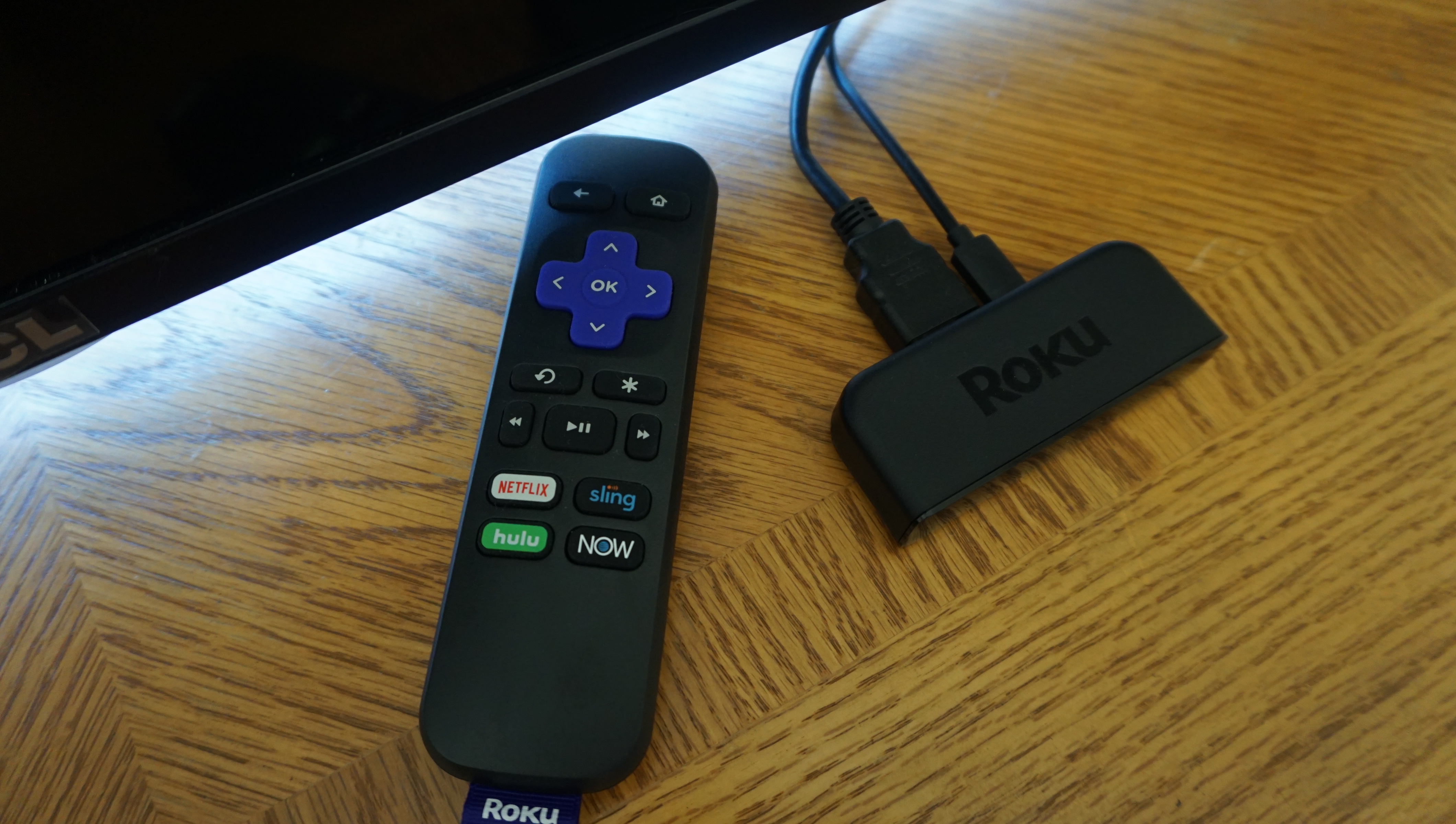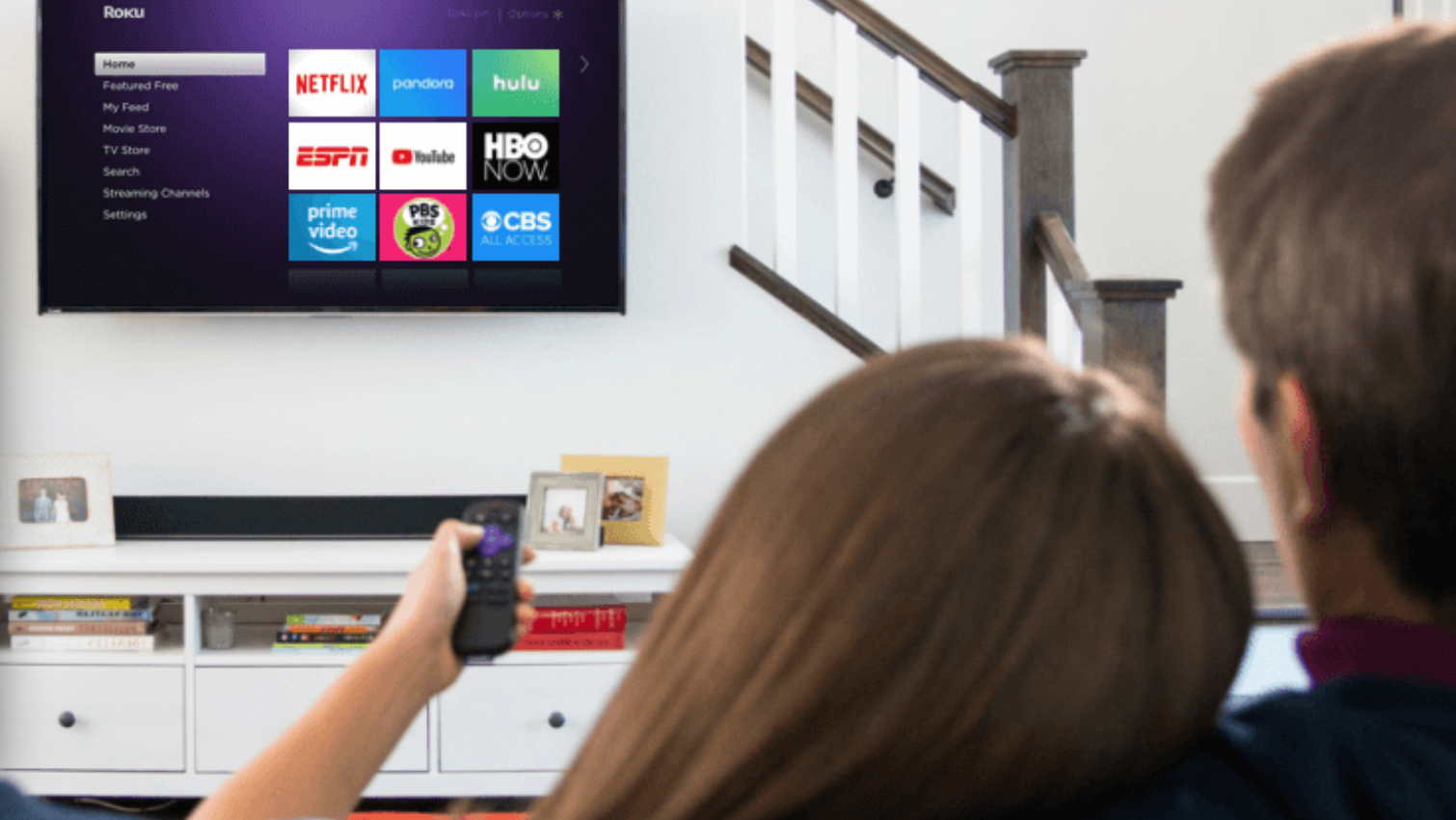TechRadar Verdict
The Roku Premiere and Premiere+ produce 4K HDR images at a price most people can afford, raising the bar for the competition and itself. While it has some niggling issues like the use of an IR remote without volume buttons, they don’t take away from Roku’s rock-solid mid-range streaming device.
Pros
- +
Spectacular price
- +
Compact form factor
- +
Solid streaming quality
- +
Chromecast Built-in
Cons
- -
Premiere uses an IR remote
- -
Short HDMI cable
- -
No volume adjuster on remote
- -
Premiere+ is a Walmart exclusive
Why you can trust TechRadar
When it comes to streaming players, Roku is a household name. From blisteringly cheap budget players like the Roku Express to the uber-powerful Roku Ultra, there’s something for everyone.
In the middle of the pack is the Roku Premiere and Roku Premiere+, two players that came out in 2018 that offer powerful 4K playback at a value price.
They sit in a happy medium between the top and bottom of Roku’s lineup, and while they have a few issues that prevent them from becoming the best streaming players on the planet, they’re a darn good value if you don't mind older devices.
Find out everything you need to know about both streaming sticks below.
Price and availability
The biggest strength of the Roku Premiere and Premiere+, and the real draw for most folks, is their price tag. The cheaper Roku Premiere is available in the US and UK for $39.99 / £39.99 RRP, though Roku runs a lot of sales, and often drops the price down to just $24.99 / £29.99.
The Roku Premiere+, on the other hand, will only set you back $10 more and costs just $49.99 RRP – but, due to retailer exclusivity, you’ll need to go to a Walmart or head over to Walmart.com to pick one up. (You won't find this one in the UK.)
- The cheapest Roku deals and prices you can find right now
- Roku vs Fire Stick: which streaming video devices are better?

Design
Regardless of which streaming player you pick, you won’t find yourself hoisting a massive set-top box onto your media center – the Roku Premiere is roughly the size of a streaming stick or an oversized pack of gum, depending on what shape you’re more familiar with.
Design-wise, it’s a petite, crescent-shaped player with rounded edges and stands a few inches wide, an inch-and-a-half tall and an inch-and-a-half deep.
That said, despite sharing the same exterior as the Roku Express, the Premiere is still a more powerful player. We’ll cover exactly what it can do in just a second but you can expect 4K HDR support – the same as the Roku Ultra.

The differences between the Roku Premiere and Roku Premiere+ are relatively minor in the grand scheme of things: They have the same form factor, the same processor and the same performance, but one has an IR remote while the other uses Bluetooth.
To that end, the Roku Premiere+ doesn’t need a direct line of sight from the remote to the player, and offers both power and volume buttons that can control your TV through HDMI-CEC and comes with a microphone built-in. The Roku Premiere, on the other hand, uses a standard IR remote without voice support… which is a bit of a disappointment.
In terms of connections along the back of the player there’s not much to talk about – the Roku Premiere only has ports for power and HDMI.
Don’t have an HDMI cable laying around the house? No worries. Roku supplies one in the box, though, unfortunately it’s not very long. If your entertainment cabinet is big or you don’t want to keep the player right next to the TV, you’re going to need to get something a bit longer.

Features
But no matter which device you decide to go with you’re getting Roku’s egalitarian OS that’s second to none. Whether you’re an Amazon Video watcher, a Hulu enthusiast or would rather stick to the half-dozen or so free, ad-driven video services, Roku has you covered, and it’s only getting better.
On the remote itself you’ll find quick buttons for Netflix, Hulu, Sling TV and DirecTV Now, making it easy to jump from one to the next without navigating through the home menu – which, admittedly takes slightly longer than we’d like due to a few milliseconds extra due to pop-in load times.
Now, you’re likely buying the Roku Premiere because you’re a Netflix/Hulu/Amazon Prime Video member already and currently have a content library to stream from, but if not, Roku now offers something called Featured Free that offers dozens of shows and movies here, all of which can be streamed without paying a dime.
Perhaps just as good as Roku’s traditional OS is the fact that the Premiere and Premiere+ come with Chromecast Built-in, which allows you to cast content from your phone, tablet or PC to the player.
This is a super handy feature if you’ve got friends over and they all want to take turns sharing YouTube clips, or if you found something on your phone on a streaming service that you want to see on the big screen. All things considered, Chromecast Built-in is definitely a plus to have.
If we had to nitpick, one thing that’s disappointing about the Roku’s newest models is that they don’t support Dolby Vision. This next-gen format is something Apple supports on the Apple TV 4K, Microsoft supports on the Xbox One S and Xbox One X, and myriad TV manufacturers support via their built-in operating systems. For it to be missing here seems like a big misstep.

Performance
Like the Roku Streaming Stick+, the Roku Premiere’s strong suit is providing 4K and basic HDR performance at a reasonable price.
Now, if the whole “4K HDR on a budget” promise sounds familiar, it’s because Roku introduced the Roku Streaming Stick+ a year ago that delivered just that.
The differences between them is that the Roku Streaming Stick+ offers four times the range thanks to its antenna and supports 802.11ac wireless compared to the 802.11b/g/n that are supported on the Premiere.
In practice we didn’t have much of an issue streaming 4K video in a bedroom located a room away from our router, but if you have a large home with the living room far away from your modem and router setup, it’s worth considering the Streaming Stick+ instead.
In terms of performance playback was consistent on our connection with measured speeds of 30Mbps in the bedroom where the player was located, and never stumbled even when streaming 4K content. How good that content looks like will depend on your TV, obviously, but we thought the player did a good job passing along the information without issue.
Final verdict
Small critiques aside, the Roku Premiere is an impressive (and, impressively cheap) piece of kit. 4K HDR streaming for $40 / £40 opens the door to discount cord-cutters in a way that hasn’t happened before. To get to that price point it looks like Roku has cut a few corners – the IR remote in the basic Premiere, for one, and the lack of Dolby Vision for another.
For that reason, we’d recommend the Roku Premiere+ over the regular Roku Premiere, but its Walmart exclusivity could make that a problem for some folks. Worse, it can also become slightly convoluted for consumers when you toss the Roku Streaming Stick+ in the mix – a device that’s nearly identical outside of the Wi-Fi antenna.
That being said, if you know exactly what you’re looking for in a streaming player – 4K HDR at a budget price – both the Roku Premiere and Premiere+ are some of the best values around right now.
- Check out the best smart TVs, for built-in software worth using
Nick Pino is Managing Editor, TV and AV for TechRadar's sister site, Tom's Guide. Previously, he was the Senior Editor of Home Entertainment at TechRadar, covering TVs, headphones, speakers, video games, VR and streaming devices. He's also written for GamesRadar+, Official Xbox Magazine, PC Gamer and other outlets over the last decade, and he has a degree in computer science he's not using if anyone wants it.

